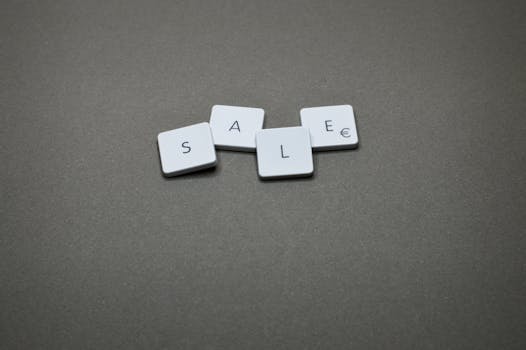
Amazon Prime Day was once seen as the kickoff to holiday shopping. This year, however, amid economic uncertainty, only a fraction of shoppers bought gifts. Was Prime Day 2023 more about stocking up on essentials than getting a head start on Christmas?
Prime Day: Stocking Up, Not Shopping Spree?
Amazon Prime Day has become synonymous with deals and early holiday shopping. But this year, the story seems a little different. While the event undoubtedly generated significant sales, a closer look reveals a shift in consumer behavior, suggesting that Prime Day 2023 was more about stocking up on everyday essentials than indulging in festive gift-buying.
The Changing Face of Prime Day
Prime Day initially launched as a celebration of Amazon's anniversary, offering exclusive deals to Prime members. Over time, it evolved into a major shopping event, often seen as a precursor to Black Friday and the holiday season. Retailers beyond Amazon also jumped on the bandwagon, offering competing deals and further amplifying the shopping frenzy.
From Gifts to Groceries: The Economic Context
Several factors contributed to the shift in Prime Day's purpose. The most significant is undoubtedly the current economic climate. With inflation rates remaining high and concerns about a potential recession looming, consumers are prioritizing essential purchases over discretionary spending. Many households are feeling the pinch and are becoming more cautious about their budgets.
Prime Day presented an opportunity to save on everyday items like household supplies, groceries, and personal care products. These are necessities that consumers need regardless of the economic situation, making Prime Day a strategic time to stock up and save money.
Data Doesn't Lie: Gift Purchases Take a Back Seat
According to numerous reports and surveys, the percentage of Prime Day shoppers who purchased gifts this year was significantly lower than in previous years. While specific numbers vary, the overall trend is clear: people were primarily focused on buying things they needed, not things they wanted as gifts for others. Some reports indicated that only around 23% of shoppers bought gifts, a stark contrast to the higher percentages seen in past Prime Day events.
What People Actually Bought on Prime Day 2023
So, if people weren't buying gifts, what were they buying? The data points to a clear preference for essential items and discounted household goods.
Top Selling Categories
- Household Essentials: Paper towels, cleaning supplies, laundry detergent, and other household staples were among the best-selling items. Consumers took advantage of discounts to replenish their supplies and save money in the long run.
- Personal Care Products: Shampoo, toothpaste, skincare items, and other personal care essentials also saw strong sales. Again, these are items that people regularly need, making them ideal for stocking up during a sale.
- Everyday Apparel: Basic clothing items like socks, underwear, and t-shirts were popular purchases. These are practical items that can be used year-round, making them a sensible choice for budget-conscious shoppers.
- Small Appliances: While not strictly essential, small appliances like coffee makers, blenders, and air fryers were also popular, particularly if they were heavily discounted. These items can improve daily life without breaking the bank.
Practical Tip: Use Price Trackers
Tools like CamelCamelCamel, Honey, and Keepa can track prices on Amazon and alert you to price drops. This ensures you're getting a genuine deal and not falling for inflated discounts. Use these tools before Prime Day to understand the typical price range of the products you want, so you can easily identify true bargains.
The Future of Prime Day: Adapting to Consumer Needs
The shift in consumer behavior during Prime Day 2023 highlights the importance of adapting to changing economic conditions and consumer priorities. Amazon and other retailers need to recognize that consumers are increasingly focused on value and practicality.
Focusing on Value and Practicality
To remain relevant, Prime Day needs to continue offering deals on essential items and focus on providing real value to consumers. This could involve offering larger discounts on everyday products, bundling essential items together, or providing exclusive coupons for Prime members.
Beyond the Holiday Hype
Retailers should also consider promoting Prime Day as more than just a pre-holiday shopping event. Highlighting the opportunity to save money on essential items can attract a wider range of consumers, regardless of whether they are planning to buy gifts.
Practical Tip: Plan Ahead
Create a list of the essential items you need before Prime Day. This will help you avoid impulse purchases and focus on the products that will genuinely save you money. Compare prices across different retailers to ensure you're getting the best deal.
Conclusion
Prime Day 2023 offered a revealing glimpse into the current state of consumer spending. While the event still generated substantial sales, the focus shifted from festive gift-buying to pragmatic stocking up. As economic uncertainty persists, retailers must adapt to these changing priorities to remain competitive and relevant. The future of Prime Day may well lie in its ability to cater to the everyday needs of budget-conscious consumers, rather than solely focusing on the holiday shopping rush.
